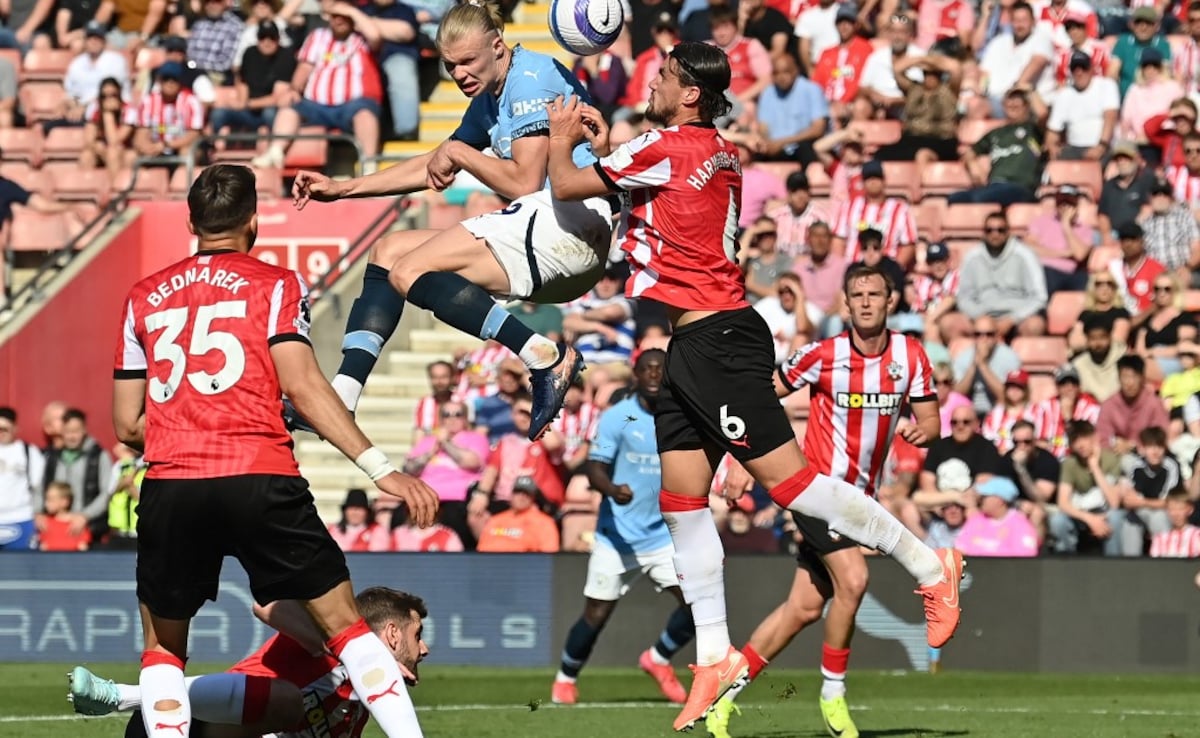When you place a bet, have you ever wondered how bookmakers make money regardless of the outcome? The answer lies in betting margins—a concept that directly impacts your potential winnings. Betting margins are essentially the bookmaker’s “cut,” ensuring they profit by offering odds slightly lower than the true probability of an event. For example, imagine betting on a tennis match where the odds for Player A and Player B seem fair. However, the bookmaker has built in a margin that subtly shifts the odds in their favor. How can understanding this help you make smarter bets?
What Are Betting Margins?
Betting margins represent the percentage of profit bookmakers embed into their odds. They ensure that no matter which side wins, the bookmaker earns a guaranteed return. For instance, in a two-way market like tennis, if the true probabilities for two players are 66.6% and 33.4%, bookmakers might adjust these to 60% and 30%, respectively, creating a margin of 10%.
Margins protect bookmakers from losses and provide consistent profits. They act as a buffer against unpredictable outcomes, allowing them to sustain operations and offer competitive odds.
How Are Betting Margins Calculated?
Two-Way Market Example
In sports like tennis or cricket, calculating margins involves summing up adjusted probabilities based on offered odds:
Margin = ((1 / Odds for Player A) × 100) + ((1 / Odds for Player B) × 100) - 100
For example, if Player A has odds of 1.5 and Player B has odds of 2.3:
Margin = ((1 / 1.5) × 100) + ((1 / 2.3) × 100) - 100 = 10%
Three-Way Market Example
In sports like football, where draws are possible, the formula expands:
Margin = ((1 / Odds for Home) + (1 / Odds for Draw) + (1 / Odds for Away)) × 100 - 100
For example, if odds are Home (2.2), Draw (3.5), Away (2.8):
Margin = (45.4 + 28.5 + 35.7) - 100 = 9.6%
Why Understanding Margins Matters
Impact on Your Winnings
Higher margins mean lower payouts for bettors because bookmakers take a larger share of each wager. For example, betting with a bookmaker offering a margin of 10% reduces your potential return compared to one with a margin of 5%.
Choosing the Right Bookmaker
Savvy bettors prioritize bookmakers with lower margins because they offer better value on bets. Comparing margins across platforms can significantly enhance your profitability over time.
Margin Betting vs Other Bet Types
Margin Betting Explained
Margin betting involves predicting not only the winner but also the margin by which they win—for instance, Team A to win by 1–39 points in an AFL match. This adds complexity but offers attractive odds.
Difference Between Margin and Line Betting
While margin betting requires predicting exact ranges, line betting focuses on whether a team exceeds or falls short of a set point line. Both types are popular in sports like football and basketball.
Tips for Beginners
- Compare Odds: Always check multiple bookmakers to find lower margins.
- Understand True Probabilities: Learn how to assess realistic probabilities to spot favorable bets.
- Focus on Low-Margin Sports: Sports with simpler outcomes (e.g., tennis) often have lower bookmaker margins.





